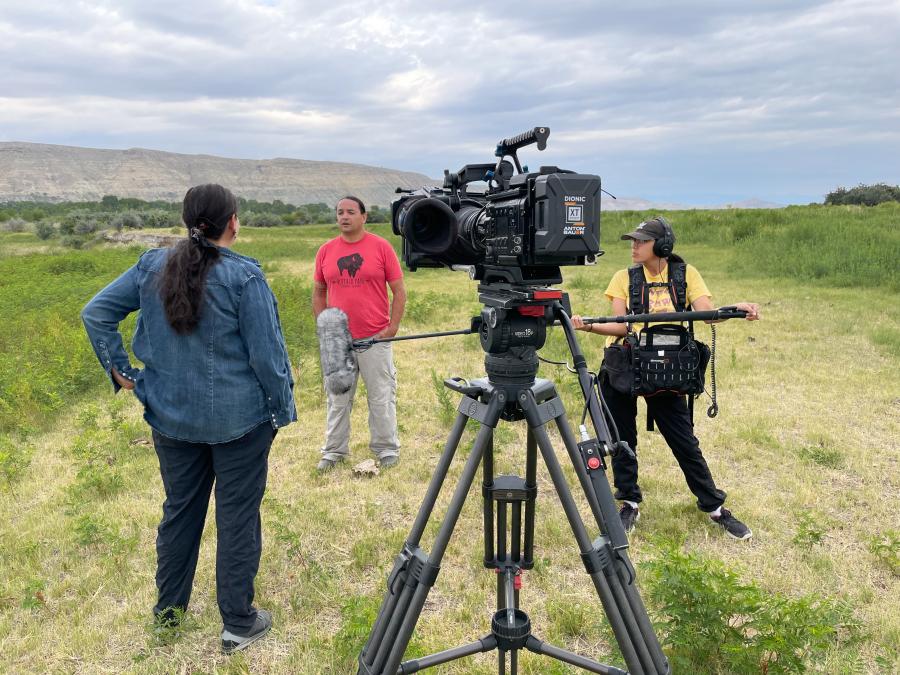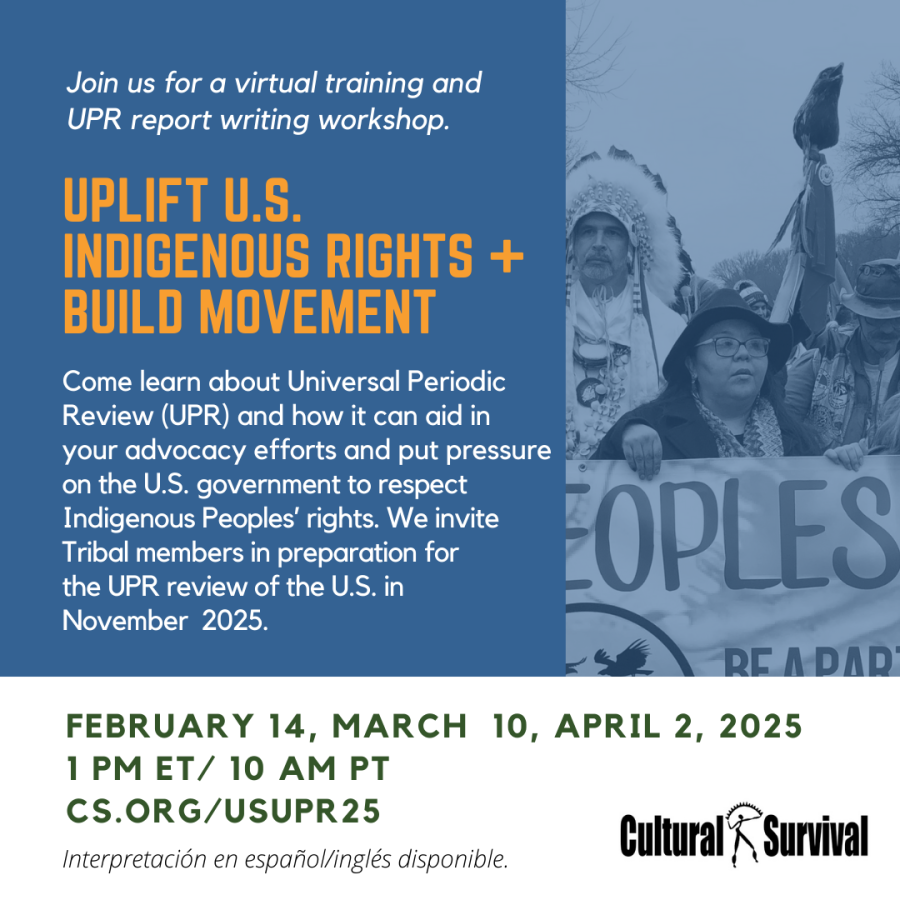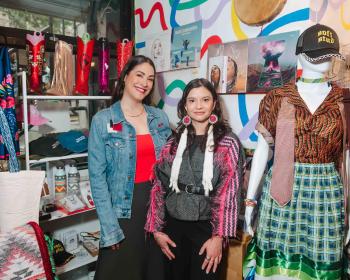In recent years, indigenous people have been awarded title to their own lands in many countries as a result of a well-funded effort by international land conservation organizations. Now, many believe, indigenous peoples can finally determine their own destiny by governing their own lands. But what does the creation of indigenous reserves really mean to indigenous peoples? Is it actually going to help them preserve their culture and maintain their traditional ways of life, or is it just a smoke screen by in-country power brokers, cleverly designed to exploit indigenous peoples and their lands? As the founder of an indigenous rights organization in Latin America, I have observed that funding by international conservation organizations often does not benefit natives, but ends up in the pockets of the powerful. In some cases, the conservation organizations may even be used as pawns in the destruction of indigenous peoples and their cultures.
Western cultures have a tendency to believe that land conservation is, in general, an ownership problem that can be solved with money. Adding to the problem is the belief that democratic institutions, which are taken for granted in the Western world, will work everywhere, no matter the local culture or political traditions. If a group of people have little means of transportation or communication and little experience with American-style democracy and you suddenly give them the opportunity to govern their own lands, the predictable often happens: This new-found independence can easily be upended by outsiders to exploit the people it was meant to help. The Matsés people, who obtained title to their lands in 1994, are a case in point.
The list of organizations that have contributed funds directly or indirectly for the creation, expansion, and management of the Matsés Communal Reserve is extensive and includes the World Wildlife Fund, U.S. Agency for International Development, World Parks, World Land Trust, the Field Museum, and the Gordon and Betty Moore Foundation. These funds were given to Peruvian NGOs for land titling, surveys, and educational activities related to the creation and management of the Matsés Communal Reserve from land formerly administered by INRENA , the Peruvian equivalent of the U.S. Department of the Interior. Ironically, these funds are being used by Peruvian NGOs to plan the extraction of timber from the Matses Communal Reserve rather than to prevent it.
To understand what is happening with the Matsés Communal Reserve, you must first know a little about the culture and history of the Matsés People. The Matsés live in Peru and Brazil in the Yavari River Valley, and their culture is closely aligned with that of the Matis tribe, which is located on the Brazilian side of the border. Both the Matsés and Matis speak dialects of the Pano language family. In addition, their social structure, religion, and material culture are very similar. They are a semi-nomadic people who hunt and fish, and practice agriculture to supplement their diet. They traditionally move their village every few years, after exhausting the resources of an area. They are animists, believing that animal spirits can cause and cure diseases. They apply medicinal plants externally, relying on the animal spirits associated with the plants to cure. Until recently, the majority of the Matsés lived in longhouses that were home to as many as 100 individuals. They have no tradition of having chiefs; decisions that affected the longhouse as a whole were made by consensus of the elders living there. Marriages are generally between cousins, with a man marrying the daughter of his father’s sister. Matsés society is based on kinship, and family relations dominate their political system, a factor that must be taken into account when imposing foreign political systems on them—systems such as a democratically ruled indigenous reserve.
To the dismay of neighboring tribes—and nonindigenous Peruvians and Brazilians—the Matsés and Matis have a cultural tradition of assimilating outsiders into their tribe. They are renowned for kidnapping woman and children and converting them into members of their society. This practice was the primary source of tension with Peruvians—a tension that reached its peak in the 1960s, when Peruvian president Fernando Belaúnde personally ordered the Peruvian Air Force to bomb and machine gun Matsés villages. Americans unknowingly played a part in the attacks: According to Stefan Varese of the University of California at Davis, the International Petroleum Company, a subsidiary of Standard Oil of New Jersey, helped the Peruvian Air Force develop a new type of napalm bomb that was given to Belaúnde for use against the Matsés villages.
For most of their history, the Matsés were in a constant state of war with outsiders and the Peruvian government, defending the only thing they have: their land. Now, 40 years after the presidency of Fernando Belaúnde, the Matsés have their own indigenous reserve. So how are the Matsés governing themselves? They are not. As explained above, the Matsés had no experience with democracy or even chiefs, and suddenly they were expected to have elections—a situation ripe for abuse. And abuse is exactly what happened. According to Daniel Manquid Jiménez, a Matsés teacher, the elections took place only in one small Matsés village located three days by boat from the largest Matsés communities, where the majority of the Matsés people live. Not surprisingly, the candidate with the most relatives in the vicinity got elected.
Living conditions and resources, too, have not improved in the Matsés Communal Reserve since its creation 12 years ago. Rather, they have gotten much worse, to the point that the very survival of the Matsés people is in jeopardy. At present, there is not a single health-care provider in the reserve. In recent years, the absence of health care combined with epidemics of malaria and hepatitis have threatened to do what Peruvian Air Force bombs could not: eliminate the Matsés people. In an age when it only costs 12¢ for medicine to save someone’s life from malaria, how is it possible that no medical treatments are available to the Matsés, despite hundreds of thousands of dollars being donated by conservation organizations and the U.S. government for the expansion and management of their reserve?
Obviously, throwing money at the problem of land conservation, as the conservation organizations seem to be doing in this case, will not help the Matsés people or conserve their land. The problem is not a shortage of money; rather it is a lack of accountability. The international land conservation organizations need to become directly involved in the process rather than blindly trusting a system that has always exploited indigenous peoples and lands in undeveloped countries.
In the meantime, dissatisfied with false promises of aid, the Matsés have taken matters into their own hands, launching a grass-roots movement. Matsés teachers, who are preserving the Matsés culture with bilingual education, formed an organization called the Movement in the Amazon for Tribal Subsistence and Economic Sustainability, or MATSES. The goal of MATSES is to finally end the manipulation of the Matsés people by outsiders and allow them to preserve their culture and lands in an independent manner. It is in that spirit of cultural pride that the following photographs of Matsés and Matis society are offered.
Dan James Pantone, Ph.D., is the Vice President of the Movement in the Amazon for Tribal Subsistence and Economic Sustainability (MATSES), a non-governmental organization that is helping indigenous people so that they themselves can preserve their culture and lands in a sustainable and independent manner. Learn more about MATSES at their website, www.matses.org.



